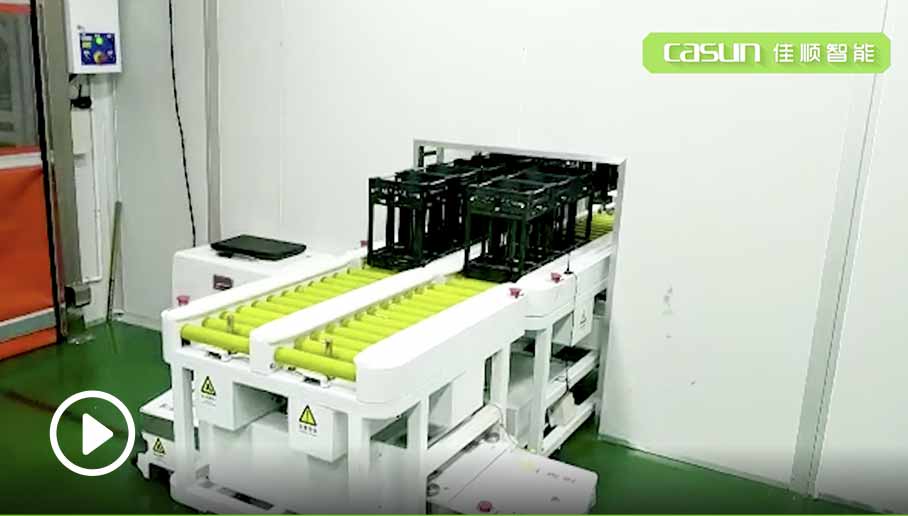 Focus on AGV industry for 18 years
Focus on AGV industry for 18 years
 Focus on AGV industry for 18 years
Focus on AGV industry for 18 years
In the context of the rapid development of the automotive industry, customized production has become increasingly common, leading to a continuous increase in the variety of materials required for production, which in turn brings new challenges. Among these, pull-based material distribution has become a key issue, as the demands of different vehicle models and orders are constantly changing, and traditional production methods no longer meet the requirements. Frequent model switches demand higher production flexibility to adapt to the ever-changing market needs.
Therefore, achieving a more intelligent, efficient, and flexible material supply chain to meet the fast-paced, customized production demands of the automotive industry has become a major focus for thought and exploration.

The production cycle is fast, and the material transfer between processes is very tight. This requires high task coordination for the mobile robots, which must quickly keep up with the turnover cycle to ensure production efficiency.
Given the complex layout of the site, the system needs to efficiently handle tasks such as cargo box changes, flexible vehicle model switching, and other related requirements.
Complex 3D simulation modeling is necessary to ensure the efficiency and accuracy of the production process. It is also essential to manage the exchange cycle between empty and full boxes effectively to minimize unnecessary downtime and resource waste.

The project employs latent lifting mobile robots (AMRs), which participate in several key stages of the production process, including production off-line, inbound material exchange, and quality inspection. With highly flexible operations, these AMRs effectively meet the requirements for tasks such as box changes and vehicle model switching during the production process. The use of these AMRs has not only improved production efficiency but also increased the flexibility and automation level of the production process, resulting in significant achievements in meeting diverse demands and enhancing quality control.
The innovative technology of CRMS (Robot Control System) is used to monitor and manage the real-time operating status of the AMRs. This system can quickly address any abnormal issues that arise during the operation of the AMRs, improving the overall reliability and stability of the system.
.webp)

AMRs quickly connect high-cycle process tasks, reducing transfer stagnation time, meeting production cycle requirements, and ensuring continuous and efficient production line operation.

AMRs adapt to complex layouts and changing production needs, significantly improving production line flexibility and responsiveness.

3D simulation accurately plans material circulation paths, reducing idle/full container exchange stagnation, minimizing resource waste, and enhancing process accuracy.

Intelligent sensors are configured in the warehousing exchange area to detect equipment status in real time, reducing manual inspection errors, and improving product quality and consistency.
